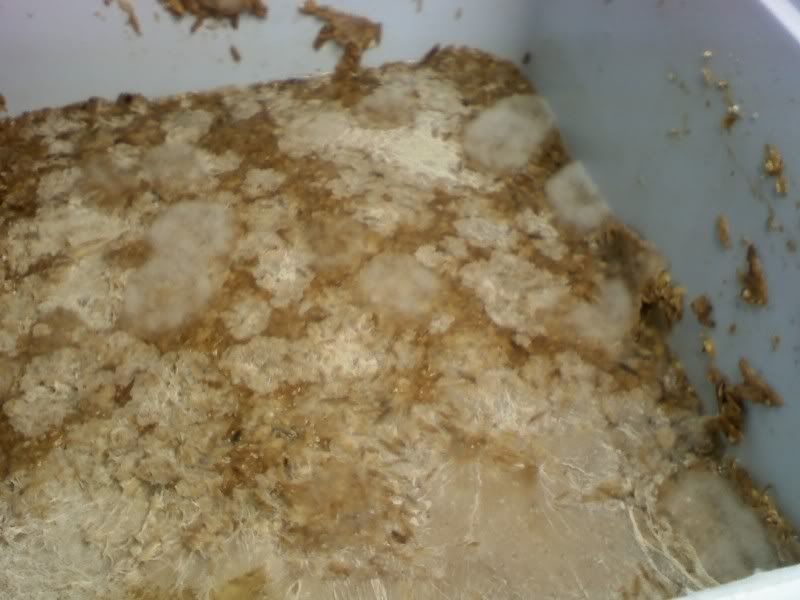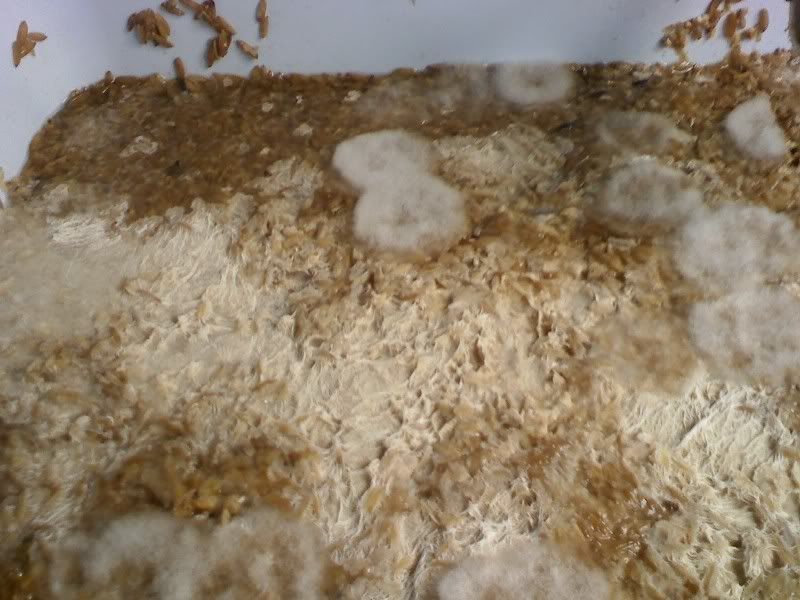What parts are you making for the mill, needs pics.
All of it

I love a good scrounge. I also enjoy the challenge of re-purposing items that have outlived their usefulness.
The milling station stand began life as a TV/VCR stand with a "Lazy Susan" bottom. I took the turntable off of the bottom, stood it on it's side and the door where the video tapes went is now the lid.
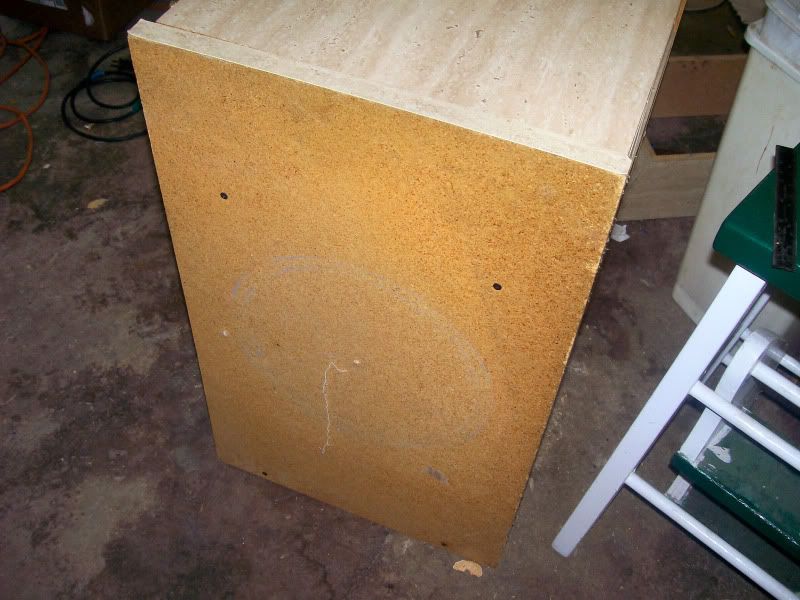
A big funnel will make an excellent hopper. It has a nice flat on it so I cut a hole in the "lid" with a flycutter

and used a well-worn fermentation bucket with the bottom cut out for more capacity. I cut a slot out underneath of where the rollers are mounted for the grain to fall into another bucket that will be there to catch the grist
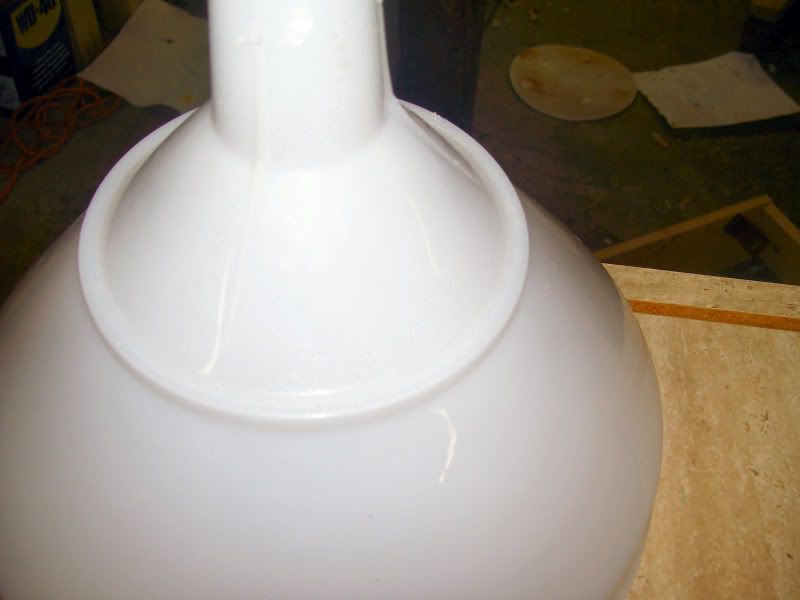
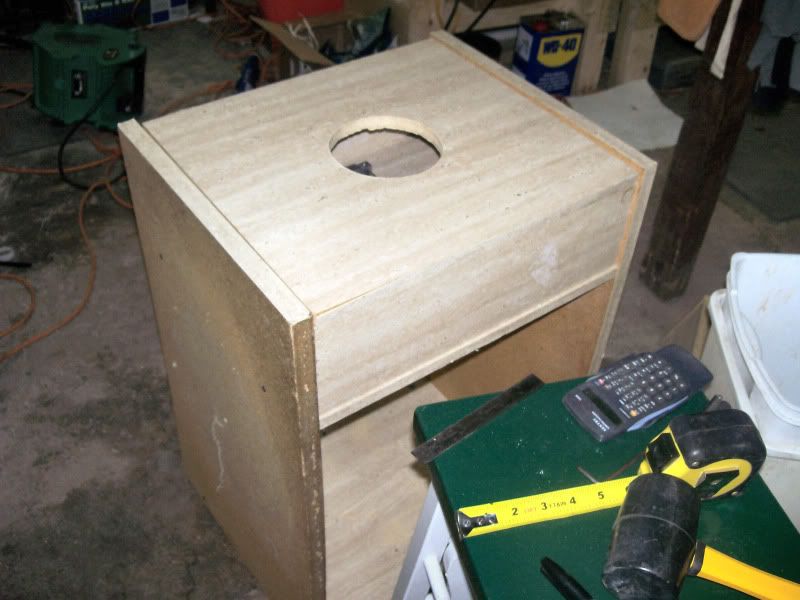
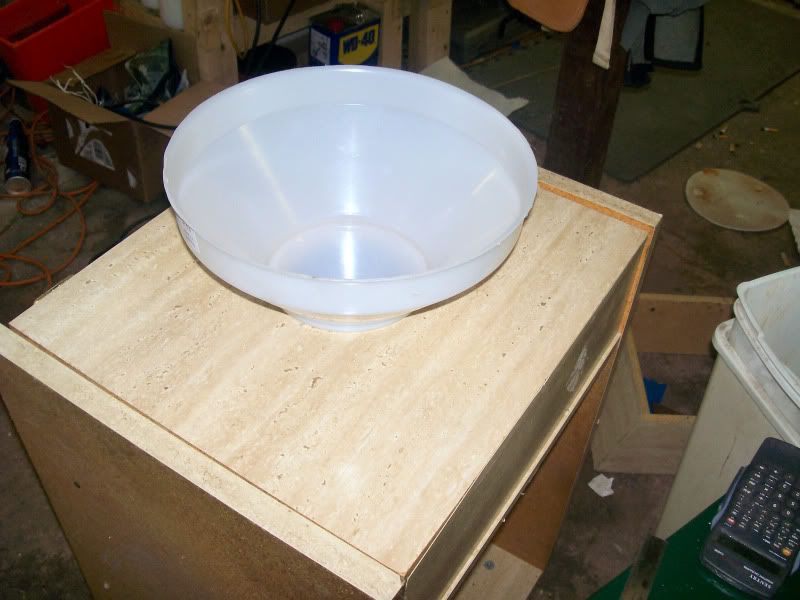

The frame and adjustment knobs for the roller assembly were made from some aluminum stock I had laying around for jig/fixture making. The plastic guard is from a piece of Lexan that I found @ my work (Window & Door installation company) which I heated and bent on my brake. The hole was cut with a hole saw. I was skeptical about having a single hole in the center until I saw something similar on YouTube and it seemed to work just fine.
The rollers themselves are from some unknown material that I got from a local scrap yard with about 100 lbs of other crap for $1. I know it is steel of some kind because it is magnetic. The way it machined made me think it was stainless or nickel except that it was magnetic and very badly pitted/rusted. It machined like crap, didn't cut a good chip and heated up quickly. I wound up burning out all the indexable cutting edges of one of my triangle carbide inserts. It started out 1.75" round, but by the time I got through the rust and pits down to a smooth surface, I finished out @ 1.5" Cutting the knurls was even worse. The bushings I purchased from McMaster-Carr, made from bronze and are a press-fit into the aluminum frame. I didn't want to take the chance of grease or oil getting into the grist if sealed bearings decided to take a dump. The gap is adjustable as the bushings on the movable roller were installed on an eccentric inside the knurled aluminum knobs and can be set with feeler guages.
cutting the rollers
http://www.youtube.com/watch?v=6Y4BF2IcRXk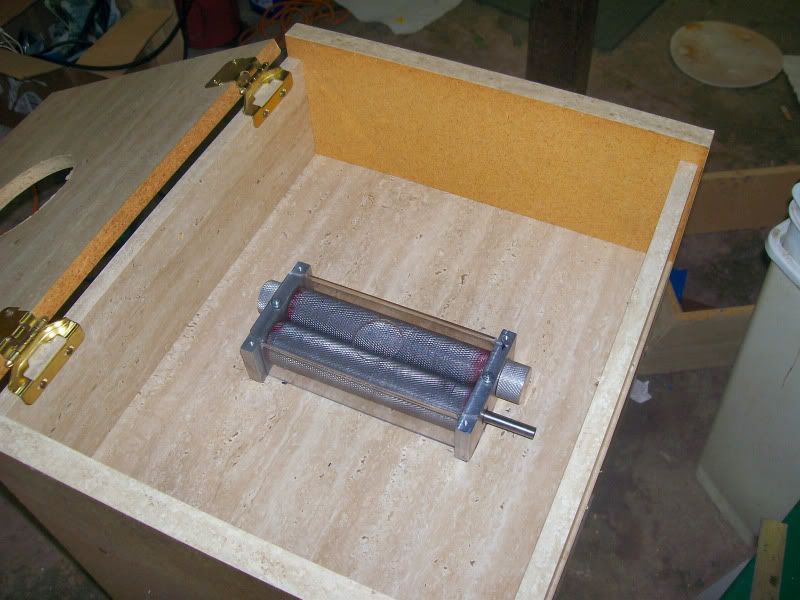


Only one roller is driven, the other will spin from the action of the grains being pulled through the gap. I was going to put a sprocket and bicycle chain on the driven roller, hook it to a stationary bike and make the wife pedal it. When I pitched the idea to her, it was not received well.

I have decided to re-purpose yet another item. A car buffer which I had lent to a friend a while back who, in turn, broke the pad. Since it was a cheapo Harbor Freight model, I couldn't get another pad. I didn't look very hard for one either as I have no immediate plans to buff the "custom pinstripes" out of my Wrangler any time in the near or distant future. It has a gear driven, right-angle head and adjustable speed which is perfect because optimum milling speed is 200-500 rpms and I didn't want to mess with a belt drive, sheaves and a guard for them. (Less $, too) I am just going to mount the motor to the back of the unit and run a direct-drive shaft, perhaps through a pillow block with another bushing for rigidity. I'll turn the shaft down, tonight.

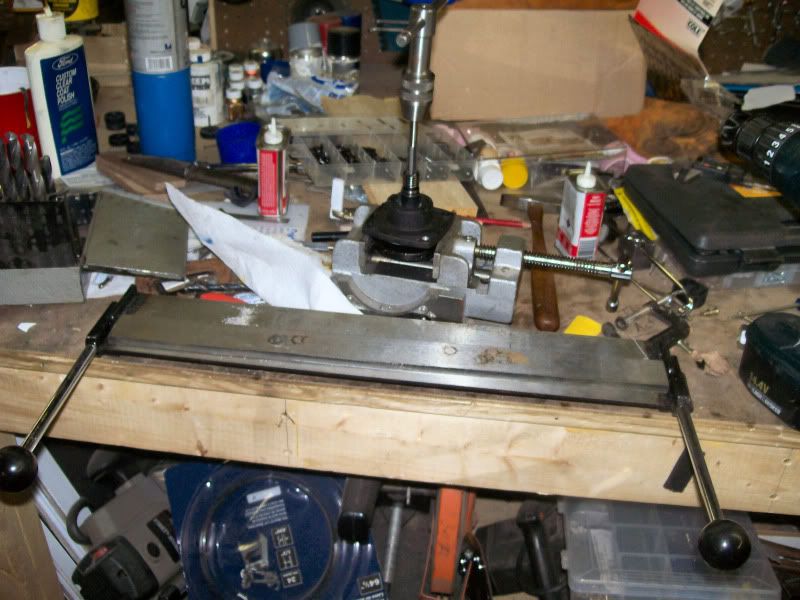
The last details will be casters for portability, cover the back, mount a door on the front and pot a port for the shop-vac to keep the dust down which can be explosive in a confined space, believe it or not. Something as simple as a spark from the buffer motor could do it. Besides, milling in the brewhouse is not a good idea because the dust from un-mashed grain contains bacteria that can cause infections in beer that hasn't fermented yet.
The following is an example of that, except this was an intentional Lactobacillus infection that I introduced by leaving the mash @ ~ 100 deg. F after the mash was finished and tossing in a handful of un-mashed grains and leaving it sit for a few hours. I was making a Berliner Weiss.
mmmm

